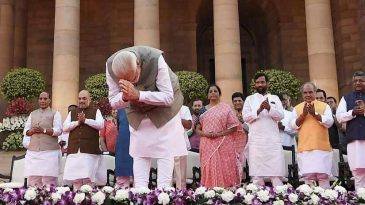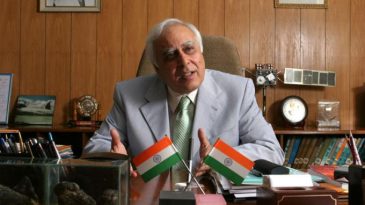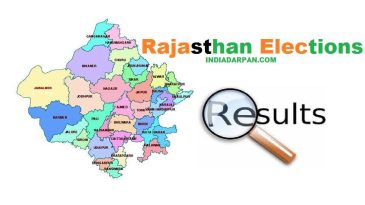- Politics
- Updated on May 5, 2025
Sibbal and Chidambaram: UPA’s “The Zero Loss” Theory
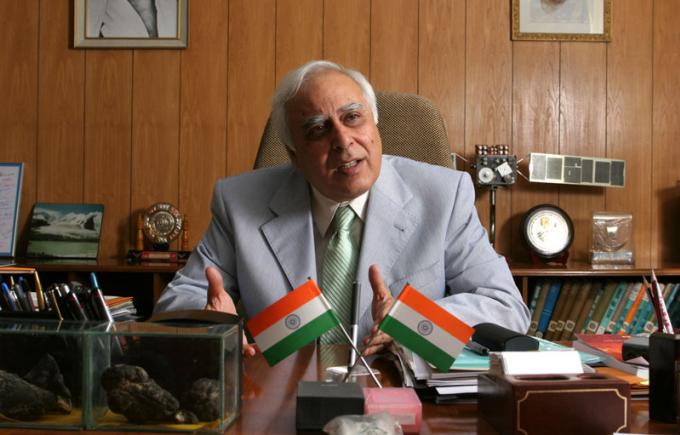
The United Progressive Alliance (UPA), which governed India from 2004 to 2014, was a coalition government headed by the Indian National Congress (INC). During this period, some of the most significant political discussions revolved around allegations of corruption, especially related to the 2G spectrum case and other high-profile issues. However, in the face of these allegations, two prominent leaders from the UPA government—Kapil Sibal and P. Chidambaram—became vocal proponents of what they termed as the “Zero Loss” theory, a concept that was debated fiercely during their tenure and remains a point of discussion in Indian politics even today.
The Zero Loss argument primarily emerged in response to accusations of corruption during the allocation of 2G spectrum licenses. The story of this debate, along with the political, legal, and social implications of the theory, offers an interesting lens through which to examine the dynamics of Indian politics during the UPA era.
The “Zero Loss” Theory: What Was It?
At the heart of the Zero Loss theory was a defense against the allegations of loss of revenue to the government during the 2G spectrum allocation scandal. The controversy centered around the sale of telecommunications spectrum licenses, which critics argued were handed out to private companies at below-market rates in 2008, costing the government significant revenue. This situation led to the accusations of corruption and financial loss, with estimates ranging from tens of thousands of crores of rupees.
However, Kapil Sibal, who was the Minister for Communications and Information Technology, along with P. Chidambaram, who served as the Finance Minister during the UPA government, strongly defended the process by arguing that there was no loss to the public exchequer. According to them, the alleged loss in revenue was a fabricated issue and did not account for the market dynamics at the time. They even presented reports and data that suggested that the spectrum was allocated fairly, without causing any loss.
The Key Proponents: Kapil Sibal and P. Chidambaram
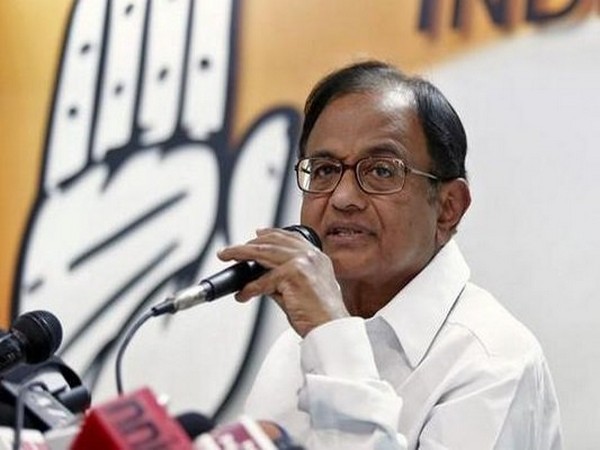
Kapil Sibal: The Advocate of “Zero Loss”
As the Minister for Communications, Kapil Sibal was at the forefront of defending the UPA government against allegations related to the 2G scam. He repeatedly argued that there was no loss to the public coffers from the sale of 2G spectrum, regardless of the prices at which the licenses were sold.
One of his key arguments was that the auction system was not in place when the spectrum was allocated and that the value of the spectrum had not been properly calculated by the government. Sibal emphasized that the allocation process was carried out under a policy framework that did not foresee an auction as the only way to allocate the spectrum. He contended that there was no direct comparison to market rates since the telecom sector was in its nascent stages, and prices fluctuated over time.
Sibal’s defense was that no financial loss had occurred because the spectrum was allocated within the existing legal framework at the time. According to Sibal, a simple comparison between the auctioned spectrum prices in later years and the allocated 2G spectrum prices was misleading and based on retrospective calculations.
P. Chidambaram: The Financial Guardian
P. Chidambaram, who was the Finance Minister of India, also supported the “Zero Loss” theory, focusing more on the fiscal implications of the spectrum allocation process. Chidambaram stressed that the government did not face any loss during the period the spectrum was allocated. He suggested that the accusations of a huge financial loss were politically motivated and based on assumptions rather than actual data.
Chidambaram argued that the value of spectrum could not be easily determined at the time of allocation because of the lack of a formal auction system. He further asserted that many of the telecom companies involved had paid the required fees and met the conditions laid out by the government. Thus, he denied any wrongdoing on the part of the government.
One of Chidambaram’s most significant points was the concept of market value. He stated that spectrum allocation needed to consider both the prevailing market conditions and the business environment at that time, not just future market projections. In his view, the entire episode was being misrepresented to serve political interests, and the claims of financial loss were exaggerated.
Legal and Political Fallout
While Sibal and Chidambaram’s defense of the “Zero Loss” theory sought to discredit the claims of corruption and revenue loss, the issue did not die down easily. The 2G scam became a major point of contention during the 2014 elections, and the political opposition, particularly the BJP, used it as a primary tool for attacking the UPA government. The legal ramifications of the allegations were also profound, with court cases and investigations continuing throughout the UPA’s tenure.
The Central Bureau of Investigation (CBI) and the Supreme Court of India were involved in the investigation of the 2G scam, and the matter eventually led to the Supreme Court cancelling 122 licenses and 2G spectrum allocation, calling it “illegal”. Despite the Supreme Court ruling, Sibal and Chidambaram’s defense of the government’s position on the issue continued, with both arguing that their actions were above board and aligned with the law at the time.
The legal decisions surrounding the 2G spectrum issue revealed a sharp contrast between the political narrative pushed by the UPA government and the judicial scrutiny that followed. While Sibal and Chidambaram’s stance remained firm, the legal judgments suggested otherwise, making the “Zero Loss” theory appear increasingly untenable.
The Broader Impact on Indian Politics
The debate over the “Zero Loss” theory had wider implications for Indian politics. It showcased the growing importance of media and public perception in shaping the narrative around controversial issues. The UPA government’s persistent defense of the theory, even in the face of mounting evidence to the contrary, showed the political resilience of its leadership, though it also highlighted the growing trust deficit between the ruling party and the general public.
The opposition, led by the BJP, used the 2G scam as a critical weapon to highlight the UPA’s alleged corruption and mismanagement. This played a significant role in the 2014 general elections, where the Congress party suffered a crushing defeat. The “Zero Loss” theory was often cited by the opposition as an example of how the UPA had failed to address the concerns of the common people and had attempted to downplay corruption scandals for political survival.
Read Also : Modi Government’s 1000 Day Plan
Conclusion
The “Zero Loss” theory put forward by Kapil Sibal and P. Chidambaram remains a significant chapter in India’s political and legal landscape. While it may have been a strategic defense for the UPA government during a time of political and legal turmoil, the subsequent judicial verdicts and public outcry painted a very different picture. The story of the 2G scam, the “Zero Loss” defense, and the subsequent fallout underscores the complex relationship between politics, legal systems, and public opinion in shaping the governance of a nation.
As the debate continues to influence Indian political discourse, the legacy of the “Zero Loss” theory serves as a reminder of the challenges governments face in maintaining credibility and transparency in the age of instant information and public scrutiny.
Join the discussion
Related Articles
No results available
ResetTrending Articles


- General
- Updated on December 27, 2025


- General
- Updated on December 22, 2025


- General
- Updated on December 20, 2025


- General
- Updated on December 16, 2025


- General
- Updated on December 15, 2025


- General
- Updated on December 11, 2025


- General
- Updated on December 11, 2025


- General
- Updated on December 11, 2025


- General
- Updated on December 2, 2025


- General
- Updated on December 5, 2025
No results available
Reset
